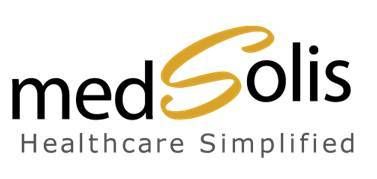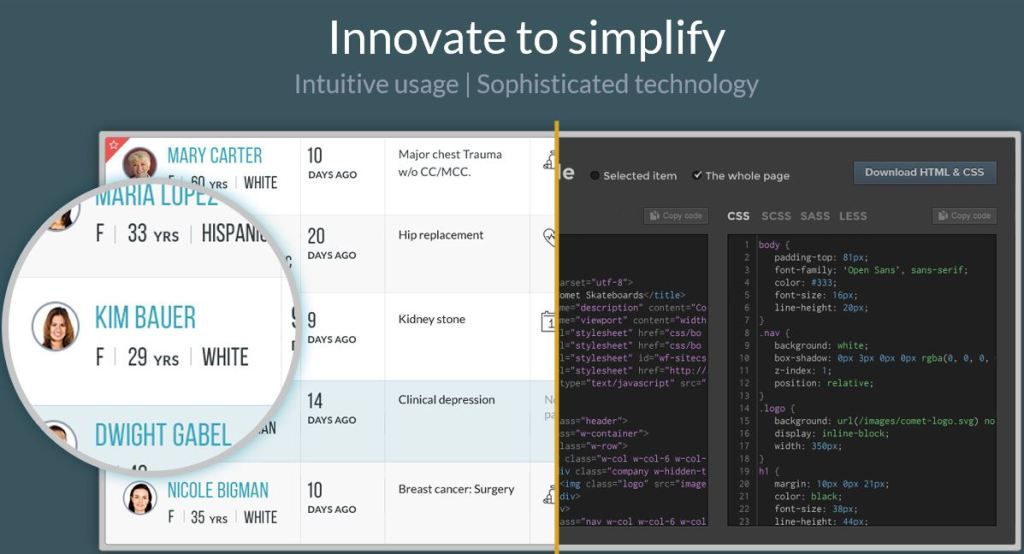 The Disease Management Care Blog has always been taken by the non-linear relationship between disease burden and risk. For a telling example of just how curvy this can be, check out this graph from JAMA. It shows the relationship between blood pressure and the risk of a cardiovascular event (such as heart attack). While there are two risk factors at play (24-hour blood pressure and the ratio of nighttime to daytime measurements), note how risk rapidly curves upward at the higher measures. Decreasing a blood pressure from 196 to 165 carries greater risk reduction than decreasing it from 165 to 134.
The Disease Management Care Blog has always been taken by the non-linear relationship between disease burden and risk. For a telling example of just how curvy this can be, check out this graph from JAMA. It shows the relationship between blood pressure and the risk of a cardiovascular event (such as heart attack). While there are two risk factors at play (24-hour blood pressure and the ratio of nighttime to daytime measurements), note how risk rapidly curves upward at the higher measures. Decreasing a blood pressure from 196 to 165 carries greater risk reduction than decreasing it from 165 to 134.Tuesday, August 31, 2010
The Non-Linearity of Risk and Disease Burden: A Role for Disease Management
 The Disease Management Care Blog has always been taken by the non-linear relationship between disease burden and risk. For a telling example of just how curvy this can be, check out this graph from JAMA. It shows the relationship between blood pressure and the risk of a cardiovascular event (such as heart attack). While there are two risk factors at play (24-hour blood pressure and the ratio of nighttime to daytime measurements), note how risk rapidly curves upward at the higher measures. Decreasing a blood pressure from 196 to 165 carries greater risk reduction than decreasing it from 165 to 134.
The Disease Management Care Blog has always been taken by the non-linear relationship between disease burden and risk. For a telling example of just how curvy this can be, check out this graph from JAMA. It shows the relationship between blood pressure and the risk of a cardiovascular event (such as heart attack). While there are two risk factors at play (24-hour blood pressure and the ratio of nighttime to daytime measurements), note how risk rapidly curves upward at the higher measures. Decreasing a blood pressure from 196 to 165 carries greater risk reduction than decreasing it from 165 to 134.In day-to-day practice, physicians intuitively understand this when they navigate both the high and low ends of the risk curve. When a patient appears with a blood pressure close to 200, they understand it's a potential emergency. When a patient shows up with a pressure just over the guideline target of 140 systolic, they know the individual risk is quite small. Compared to many other issues typically addressed in an average office visit, the DMCB knows physicians can be forgiven for letting modest high blood pressure wait until later. It's not black (out of control) and white (in control) but decidedly grey.
Of course, that's unacceptable in the linear utopia inhabited by quality assurance weenies. Unable to discern the variable value of blood pressure control, these authorities regard all elevated pressures as "equally," bad and bluntly dichotomize them. Any pressure greater than 140 is "bad" while anything lower than 140 is "good."
Which brings up several issues:
1) The physicians' lament about the short comings of commonly used approaches (scroll two thirds of the way down) to assess quality of care may have an element of truth about it.
2) In the "mainframe" one-size-fits-all world of D.C. dominated healthcare, it's difficult to assess the value of various degrees of blood pressure control at the individual patient level.
There is one solution to the physicians' lament. Those patients with a blood pressure just over 140 may be amenable to care management that uses standing orders carried out by non-physicians. By assigning those patients to disease management, physicians will be better able to care for the patients at greatest risk that really need their attention.
Subscribe to:
Post Comments (Atom)












No comments:
Post a Comment